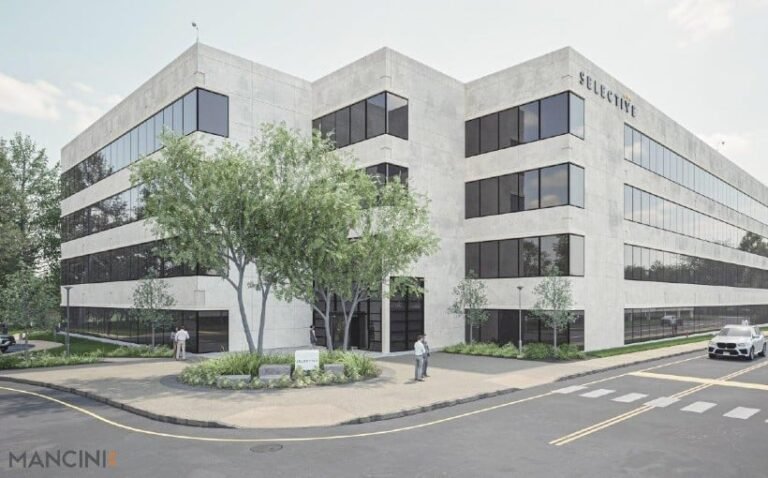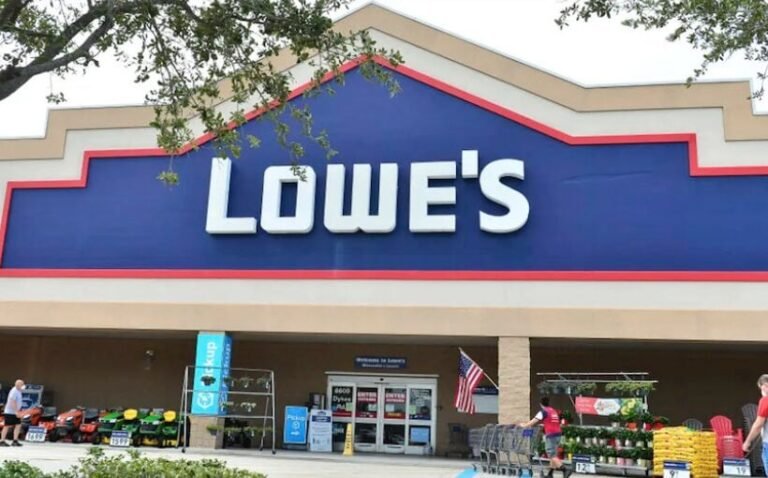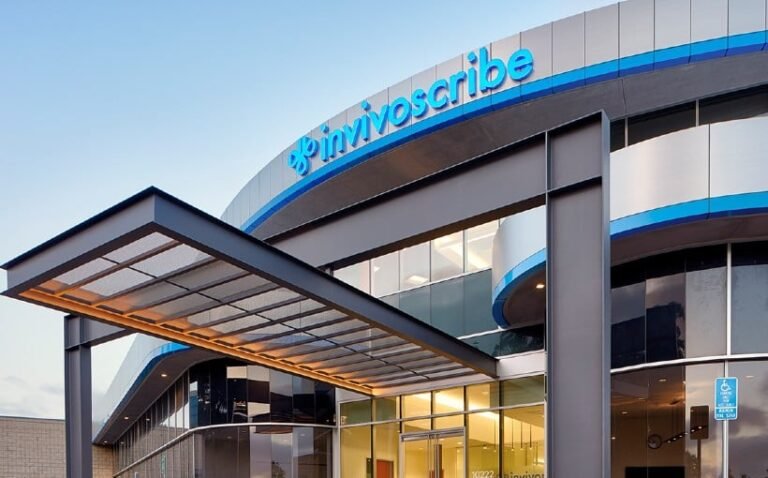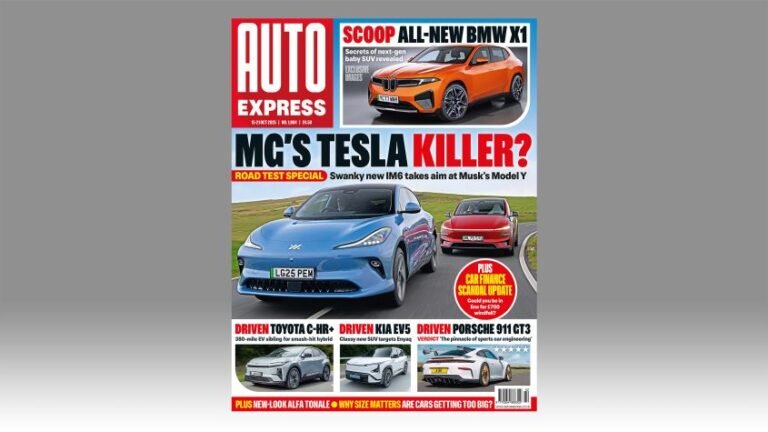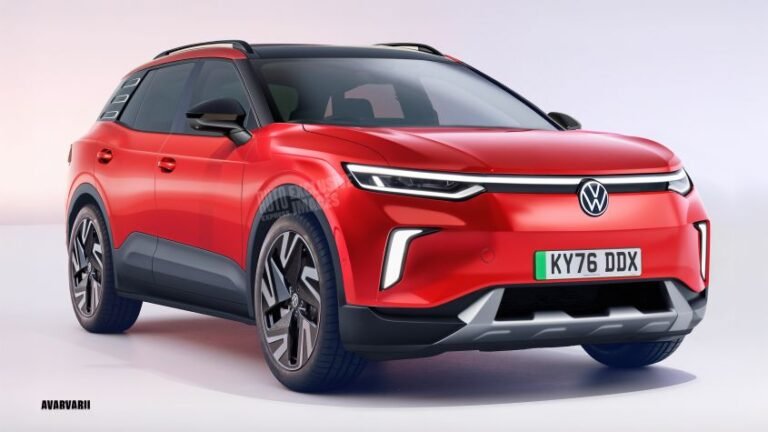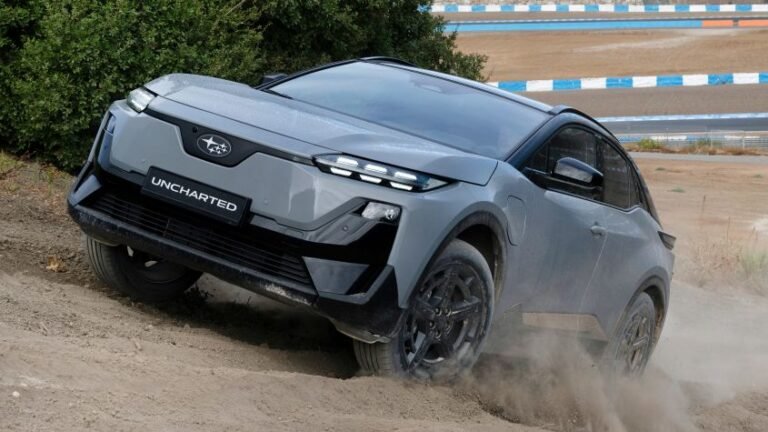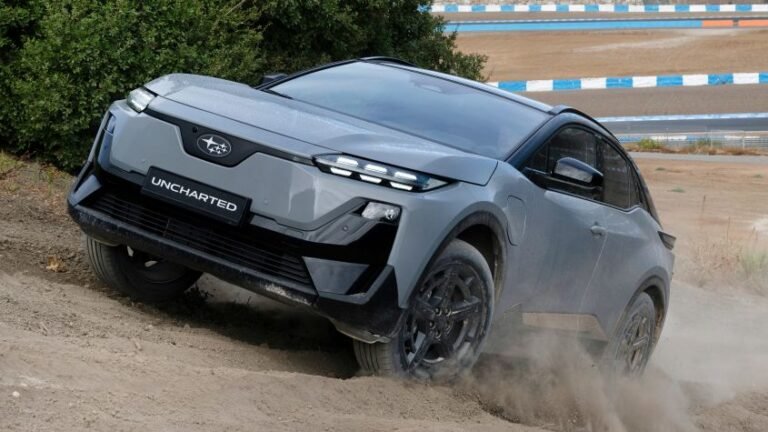

During the early 20th century, ballparks hosting professional baseball teams were found in walkable neighborhoods that were close to residents and transportation. The now-defunct Ebbets Field in Brooklyn’s Flatbush section is one instance. Current examples include Chicago’s Wrigley Field and Boston’s Fenway Park, both of which were built into neighborhoods.
Then came the 1950s with its suburbanization and massive freeway construction. According to a JLL report, “The Stadium District Boom,” the trend led toward major league baseball sites that were “monument-style islands surrounded by freeways and parking lots that were completely divorced from the urban core and walkable neighborhoods.” While grand, these stadiums provided “no reason for people to visit outside of attending games,” the report said.
However, the pendulum seems to be shifting back. While newer stadiums aren’t being crammed into space-constrained downtown neighborhoods, they are being developed in conjunction with walkable areas, dining, entertainment, residential, and office components.
The first such experiments took place with Camden Yards, home to the Baltimore Orioles. “When Camden Yards was completed in 1992, it was widely hailed for reintegration into the urban core and vastly differentiated amenities which restored a unique atmosphere that was lost in isolated suburban enclaves,” the report said.
Other MLB teams following in Camden Yards’ footsteps include:
- The Battery’s Truist Park (Atlanta Braves)
- The Gaslamp Quarter’s Petco Park (San Diego Padres)
- Oracle Park near Mission Bay (San Francisco Giants)
- LoDo’s Coors Field (Colorado Rockies)
The JLL analysts noted that MLB ballparks with lifestyle elements “generate notably stronger attendance,” with a 20% increase reported, despite the team’s success.

But MLB attendance growth requires more than lifestyle elements. The report discussed Globe Life Stadium, home of the Texas Rangers. While Globe Life is located near entertainment anchors, “its location is car-dependent and relatively isolated in a suburban area of Arlington, TX, and the region lacks a cohesive urban-type fabric that drives experiential qualities and creates longer dwell times,” the report said.
Still, MLB owners and municipalities are taking notice. The JLL analysts are forecasting a “Stadium Arms Race” occurring over the next two decades. “We predict that by 2040, at least half of MLB organizations will announce plans to develop a new stadium or perform a significant redevelopment of their existing venue, which prioritizes the supportive environment,” the analysts added.
